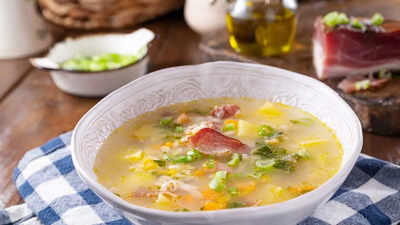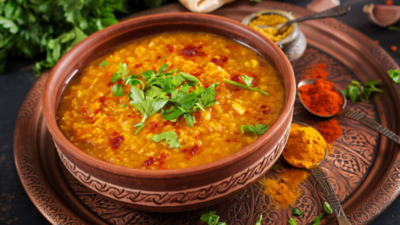
High Protein Lentils: 7 lentils with the highest protein content | – The Times of India
Lentils are a common feature in most diets globally, especially in vegetarian and vegan diets, because of their high protein content. Protein plays a crucial role in muscle repair, immune function, and general health, and this is why lentils are a favorite among those who wish to add some protein punch to their diets. Check out seven lentils with the highest protein content below:
Toor Dal (Pigeon Peas)
Toor Dal, also known as Arhar Dal, is perhaps one of the most widely used lentils in Indian cuisine. The yellow lentil is rich in protein, providing around 22-25 grams of protein per 100 grams of cooked dal. It also provides a lot of dietary fiber, iron, and folate, making it the best for good digestion and better energy. The light taste of toor dal makes it easy to blend with nearly all the spices and vegetables, and so it is a good bet as an addition to your diet.
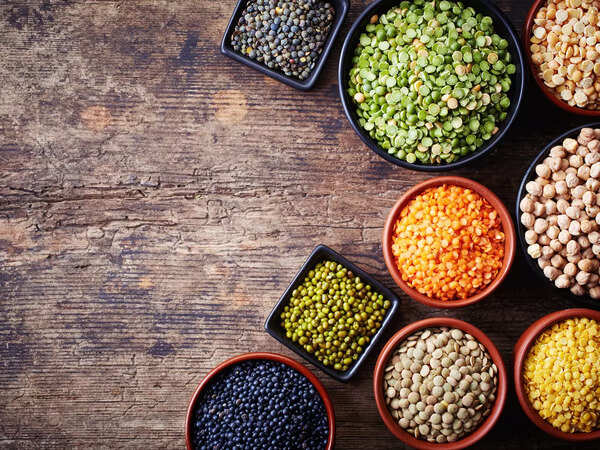
Cooked lentils are rich in protein and also offer a good amount of fibre. 1/2 cup of cooked lentils offer 7.8 gms of fibre, which keeps you full for longer and aids weight loss.
Moong Dal (Green Gram)
Split yellow or whole green Moong Dal is yet another lentil that is rich in protein. It gives around 24 grams of protein for every 100 grams of cooked dal. Moong dal is also light on the stomach and easily digestible, and thus can be recommended to people with sensitive stomachs or recovering from illness. It is highly nutritious with ample antioxidants present in it, with it also possessing anti-inflammatory traits. Moong dal can be consumed as a soup, curry or even as an inner filling within parathas.
Masoor Dal (Red Lentils)
Masoor Dal or red lentils are employed fairly widely in all forms of cuisine. They are rich in protein and yield close to 25 grams of protein in each 100 grams of cooked dal. In addition to protein, masoor dal also has a fair amount of iron, folate, and magnesium and is thus a useful food in preventing anemia as well as for developing stronger bones. These lentils are quite easy to prepare and thus a fine option for a nutritious and high-calorie meal in no time. They may also be employed as a topping for dals or soups, or even as patty-ified used as a protein-laden snack.
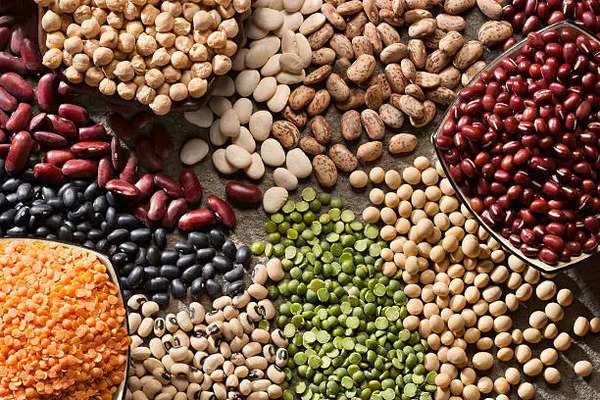
Lentils are a great plant-based source of iron, protein, and fiber, making them an excellent choice for overall health and hair growth. One cup of cooked lentils contains approximately 6.6 mg of iron, contributing significantly to daily iron needs.
Why it’s beneficial: Lentils also provide biotin and zinc, two essential nutrients that strengthen hair follicles and prevent hair thinning.
How to include it in your diet: Prepare a hearty lentil soup, mix lentils into salads, or cook them with rice and vegetables for a nourishing meal.
Chana Dal (Bengal Gram)
Chana Dal is a split type of chickpeas with a nutty taste. This lentil is rich in protein content, with around 20-22 grams of protein per 100 grams of cooked lentils. Apart from protein, chana dal also contains high dietary fiber and essential minerals such as calcium and iron. It helps to control blood sugar levels, thus being a healthy food component for people suffering from diabetes. Chana dal is utilized in savory preparations such as curries, soups, and even a spiced snack termed chana dal chaat.
Urad Dal (Black Gram)
Urad Dal or black gram is a protein lentil containing 25-26 grams of protein per 100 grams after cooking. It is particularly renowned in South Asian cuisine for preparing foods such as dosa, idli, and vada. Urad dal is a high-fiber and protein-rich and hence perfectly suitable to enhance digestion as well as muscle strength. Urad dal has a great amount of B-vitamins and iron, and this helps in the energy count and production of red blood cells. Urad dal is commonly utilized in dals, curries, and fermented food because of its satiating nature as well as flavor absorption.
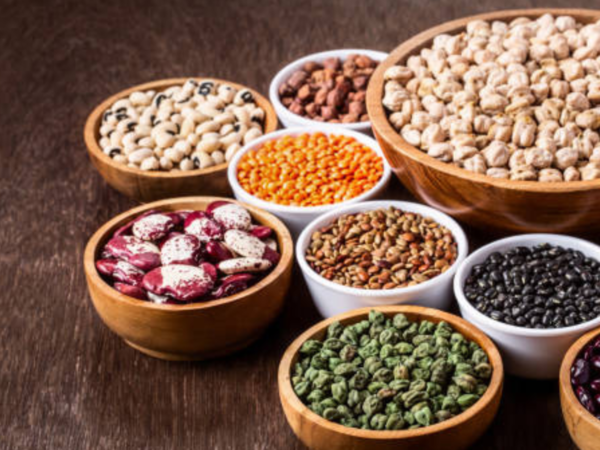
Lentils, chickpeas, kidney beans, and other legumes are excellent sources of plant-based iron. They’re easy to add to meals, whether you’re making soups, curries, or salads. Along with iron, beans and lentils have a healthy dose of protein and fibre, keeping you full and energised throughout the day.
Kidney Beans (Rajma)
Though not technically a lentil, kidney beans (rajma) are sometimes referred to as falling into the group of legumes and are also very high in protein. They contain approximately 25-30 grams of protein for every 100 grams cooked. Kidney beans are a good plant protein and are also full of numerous other nutrients such as dietary fiber, folate, and manganese. Kidney beans are great for heart health, reducing cholesterol, and improving digestion. One of the most common Indian foods, rajma is usually cooked in spiced gravy and eaten with rice for a wholesome, proteinaceous meal.
Lentil Mixtures (Dal Tadka or Panchmel Dal)
Lentils are usually combined in forms in Indian food to make mixture dal dishes like dal tadka or panchmel dal. Toor dal, masoor dal, moong dal, chana dal, and urad dal are usually combined in a common mixture. These blended lentils are high in protein, adding a total of 24-30 grams of protein in 100 grams of cooked dal. Blending lentils not only increases protein content but also provides a balance of the essential amino acids.



